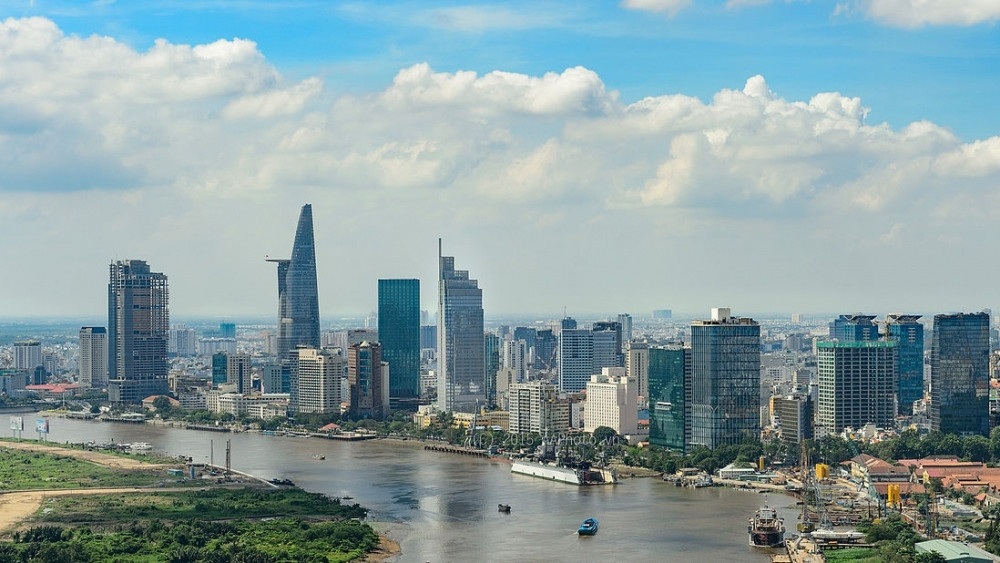

The World Bank attributed the slow growth this year to weaker private consumption, a property market slump, and a sharp deceleration in external demand.
After last year’s strong rebound, the economy has been facing domestic and external headwinds in 2023. Weaker global growth and trade have dampened external demand for Vietnamese exports, in turn weighing on growth. Real GDP growth slowed to 3.7% in H1-2023, reflecting a slump in external demand and weakening domestic demand, while exports contracted by 12% year on year in H1-2023.
Headline inflation fell from 4.9% year on year in January 2023 to 2.1% year on year in July 2023, due to the slowdown of fuel prices and weakening domestic consumption. However, core inflation decelerated at a slower pace, from 5.2% year on year in January to 4.1% year on year in July 2023, partly due to higher costs of construction materials and housing.
Inflation is forecast to average 3.5% this year due to expected civil service salary increases, moderating to 3.0% in 2024 and 2025 assuming stable commodity and energy prices.
Despite external headwinds, Vietnam’s external position improved in Q1-2023, recording a current account surplus of 1.5% of GDP. The merchandise trade balance improved as imports contracted more sharply than exports, partly due to falling imports of intermediate goods. Meanwhile, the deficit in services trade balance narrowed as international tourists returned. The financial account also remained in surplus, driven by resilient FDI and portfolio inflows.
Outlook for 2023
With regard to the outlook for this year, the World Bank said domestic demand is anticipated to be the main growth driver, though it will expand at a slower rate than last year.
The current account is expected to improve further thanks to a modest recovery of exports, continued recovery of international tourism, and resilient remittances.
Despite slower growth, the poverty rate is projected to fall from 3.2% in 2022 to 3.0% in 2023 with the outlook being subject to heightened risks, according to WB experts.
WB experts pointed out that slower-than-expected growth in advanced economies and China could further dampen external demand for Vietnam’s exports.
Additional monetary policy tightening in major advanced economies could reignite exchange rate pressures on the local currency and lead to capital outflows. Domestically, heightened financial vulnerabilities and risks warrant close monitoring and reforms.
WB economists said that fiscal policy should continue supporting aggregate demand in the short term. They also stressed that a full implementation of the investment budget, supported by steps to ease cumbersome public investment procedures, would bring public investments to 7.1% of GDP in 2023, up from 5.5% in 2022.
In addition, maintaining an accommodating monetary policy is appropriate, but further interest rate cuts would increase the rate differential with global markets, potentially putting pressure on the exchange rate.
To mitigate heightened financial risks, increasing banks' capital buffers and enhancing the banking sector supervisory framework would promote financial sector resilience and stability, they noted.
According to the World Bank’s East Asia and Pacific October 2023 Economic Update, growth in developing East Asia and Pacific is projected to remain strong at 5% in 2023 but will ease in the second half of 2023 and is forecast to be 4.5% during 2024.
Source: VOV